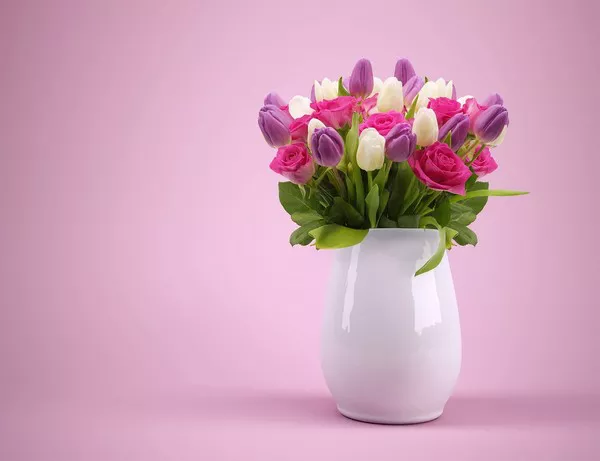Flowers, renowned for conveying emotions of love, friendship, and sympathy, have also held symbolic significance representing protection for centuries. Unveiling a unique perspective, these blossoms become poignant gifts during times of transition, loss, or new beginnings. Let’s delve into a new understanding of flowers that embody the essence of protection and uncover the distinctive qualities each brings.
1. Snapdragon: Renowned for its stunning appearance, the snapdragon symbolizes protection, grace, and strength. Its name is derived from its likeness to mythical creatures with multiple pairs of lips.
2. Mullein: Originating from Asia and Europe, the mullein flower captivates attention with its striking center. Beyond symbolizing protection, it is associated with great health and courage.
3. Baptisia (False Indigo): Representing immersion in protection and safety, the baptisia, or False Indigo flower, serves as a reminder to embrace protection in all aspects of life. With over 20 species across the United States, it offers a diverse array of symbolism.
4. Yarrow: A member of the Asteraceae family, yarrow is known for its small, clustered petals and healing properties. In Greek mythology, it was used to treat wounded soldiers in the Trojan War, emphasizing its association with healing and protection.
5. Witch Hazel: Beyond its skincare applications, witch hazel, found in Eastern Asia and North America, symbolizes protection. Blooming in spindly clusters from autumn to spring, it adds a unique element to the representation of safeguarding.
6. Tansy: Resembling a daisy, tansy is recognized for its button-like appearance and dense petals. Alongside protection, it symbolizes health, immortality, resilience, and healing.
7. St. John’s Wort: Famed for its healing properties, St. John’s Wort is linked with protection against malevolent entities. Often burned before Midsommar festivities, it extends its protective qualities to those who burn it and those who grow it.
8. Astilbe: With vibrant and unique beauty, astilbe embodies protection, courage, and strength. Available in various colors such as purple, red, pink, and white, its cluster of bracts stands out.
9. Heath: Exhibiting bell-like petals, heath represents protection and good luck. Its historical use in aiding those with kidney stones highlights its medicinal attributes.
As we explore these flowers symbolizing protection, we encounter additional varieties such as anemone, malva, acacia, and aloe vera, each with its own significance encapsulating various aspects of protection, resilience, and healing.


